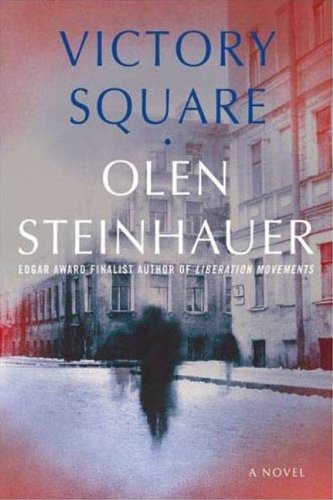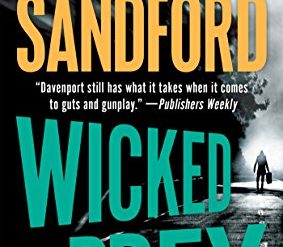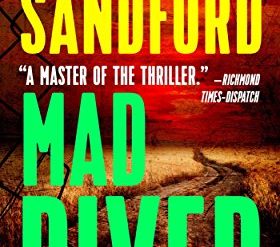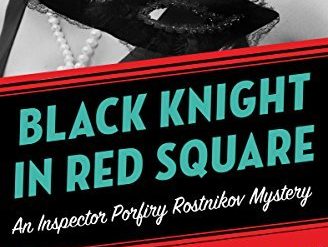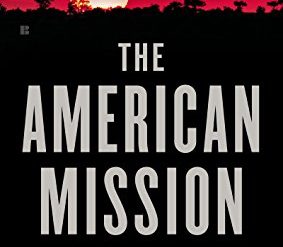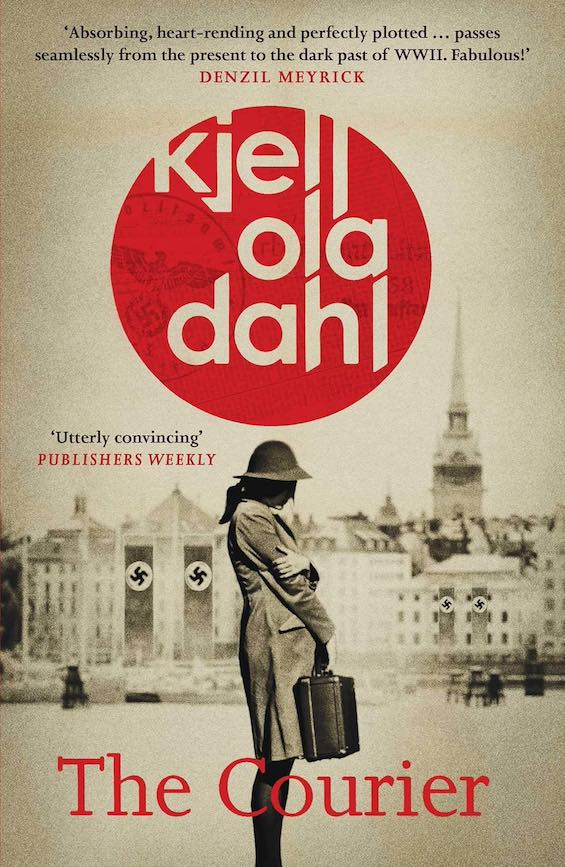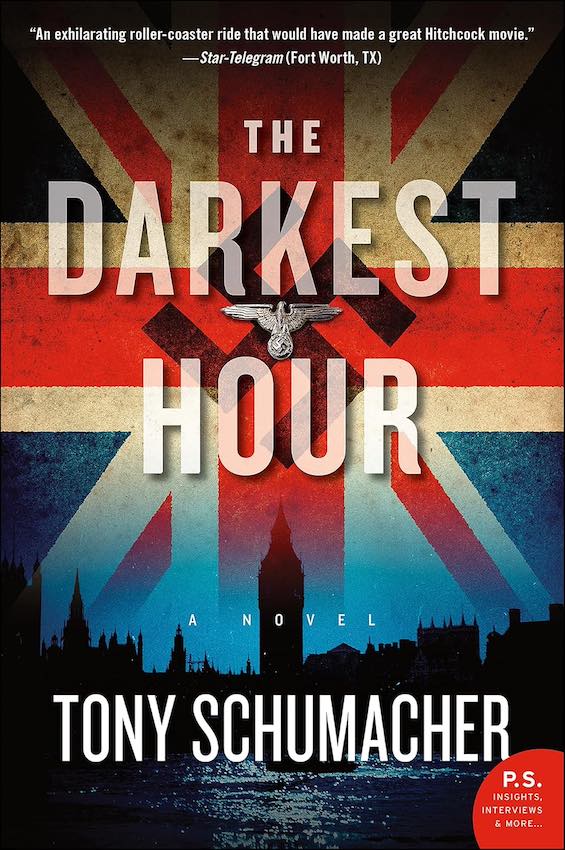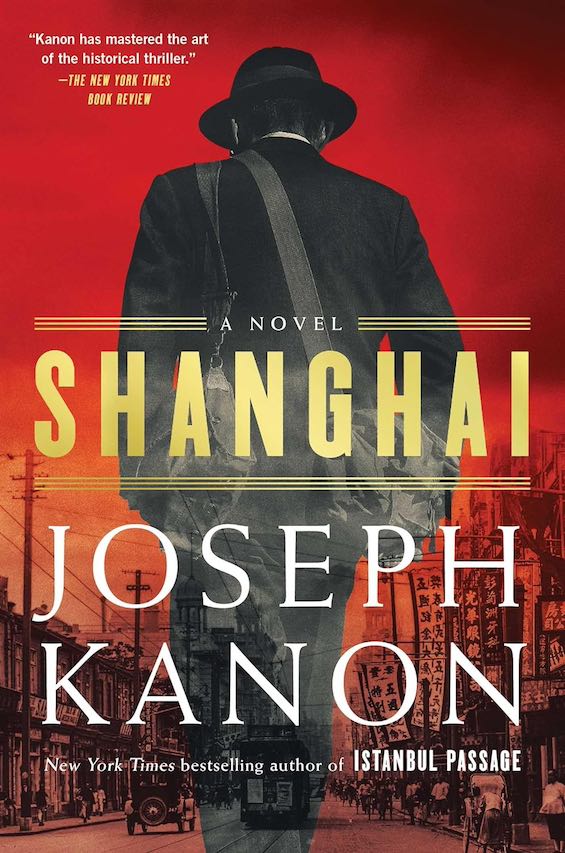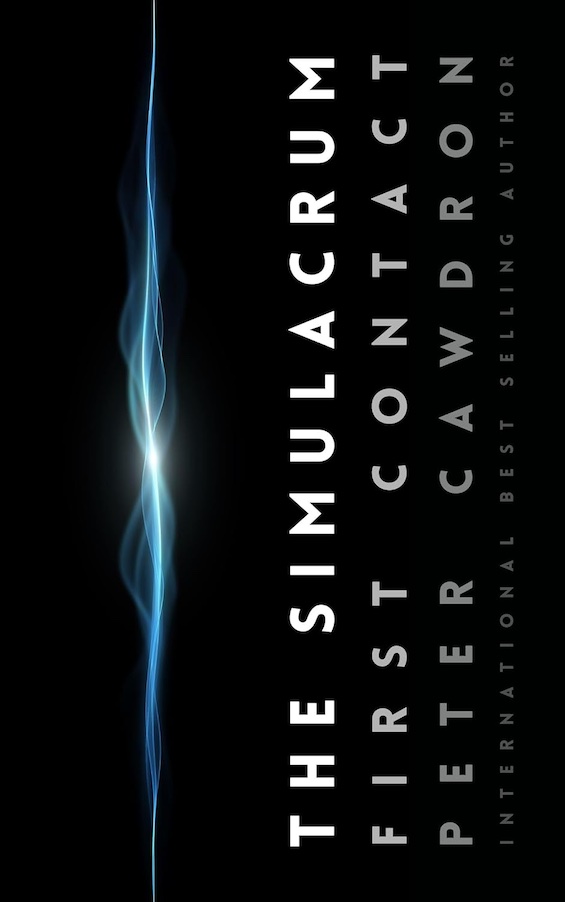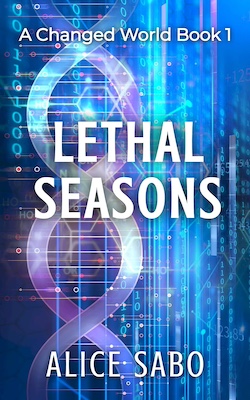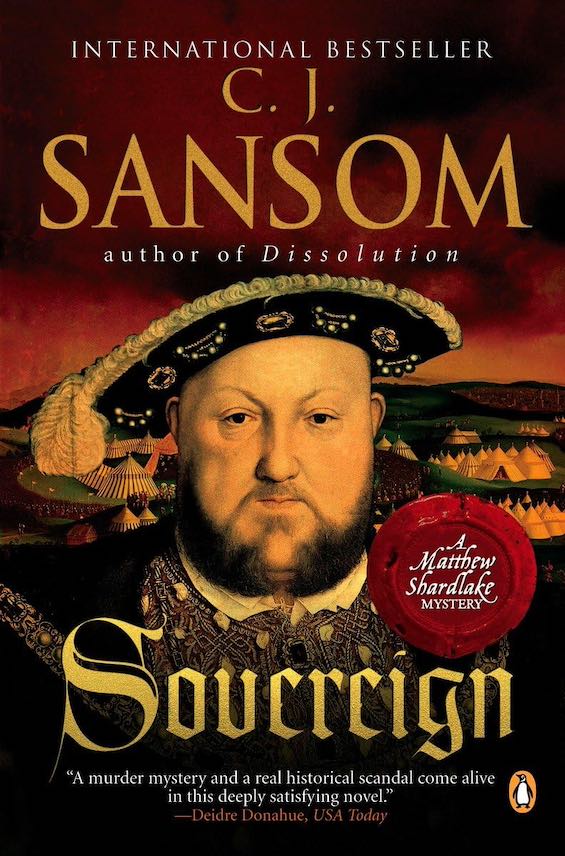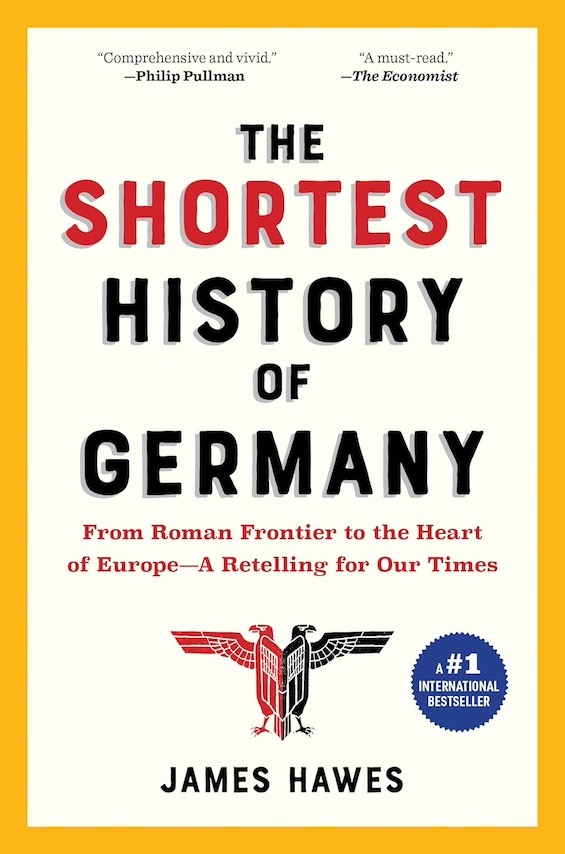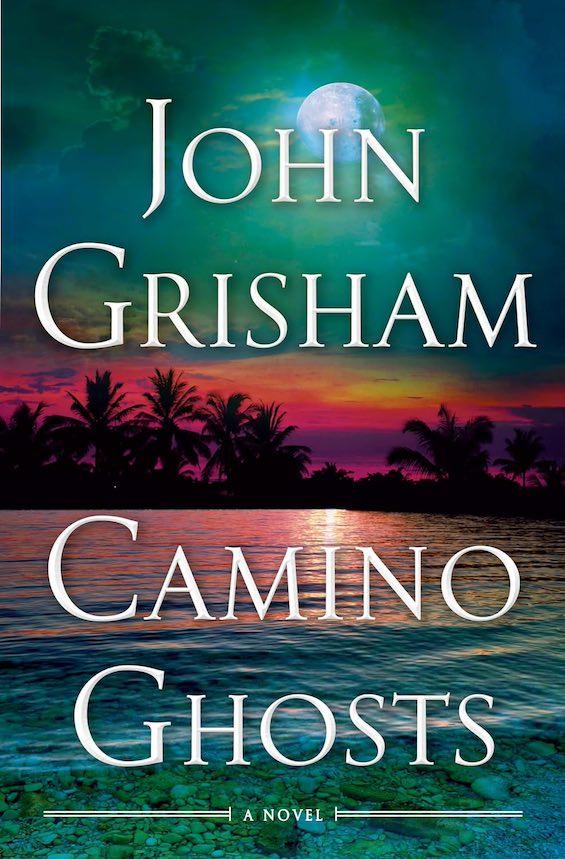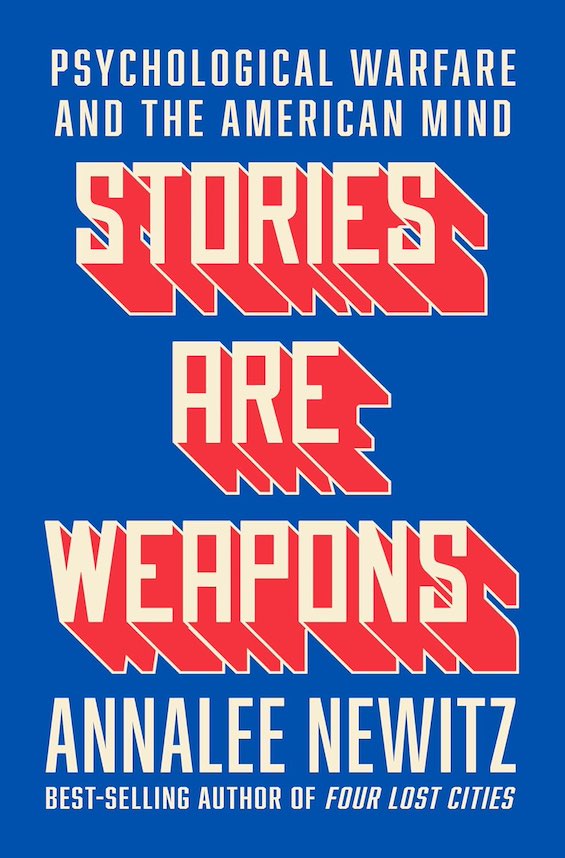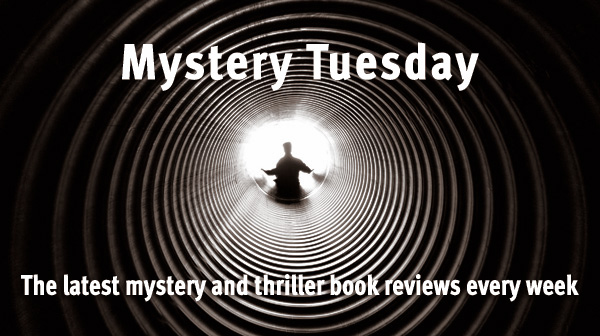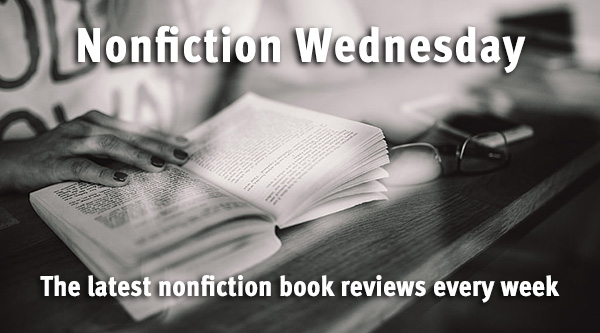
Estimated reading time: 3 minutes
Some years ago I chanced upon one of Olen Steinhauer’s excellent contemporary spy stories, sped through it and read another, and finally, in searching for more of his work, found his five-novel cycle set in a fictional Central European country nestled among Czechoslovakia, Hungary, and Austria. (Geographically, the country has to be Slovakia, which only recently gained its independence, but some readers think it more closely resembles Hungary.) Steinhauer’s cycle spanned the years from 1948, when the Soviet Empire consolidated its hold on the nations directly to its West, until 1990, when the USSR and the Warsaw Pact collapsed.
A powerful tale of life under Communism
Victory Square is the fifth and final novel in Steinhauer’s Yalta Boulevard cycle, and in some ways it’s the best. Steinhauer, an American who has lived for extended periods in several countries in the region, spent months, perhaps years, meticulously researching the fall of Ceausescu’s regime in Romania. That history forms the basis of the events that unfold in the novel in 1989-90.
Victory Square (Yalta Boulevard #5) by Olen Steinhauer (2008) 368 pages ★★★★★
At the end of the cycle, the fall of Communism
Against this background, Steinhauer introduces us to an aging homicide cop, Emil Brod, now Chief of the Militia, whom we met as a young rookie when he joined the Militia’s Homicide Squad in the country’s capital in 1948. Brod was the protagonist of the first novel in the cycle, The Bridge of Sighs, and has popped up throughout. Now just days from retirement, Brod is forced to contend with an unraveling government, a series of shocking murders, a best friend engaged at the very center of the revolutionary movement, and an adoring wife even older than he who wants him to leave the capital early, before the inevitable explosion.
The full Yalta Boulevard cycle includes:
- The Bridge of Sighs (2003), featuring Emil Brod in 1948
- The Confession (2004), centering on Brod’s colleague, Ferenc Kolyeszar, taking place in 1956
- 36 Yalta Boulevard (2005), featuring Brano Sev, the secret policeman who works in the Homicide Department and spies on the squad, set in 1966–1967
- Liberation Movements (2006), featuring Brano Sev and Brod’s young colleagues, Katja Drdova and Gavra Noukas, taking place in 1968 and 1975
- Victory Square (2007)
For related reading
This is one of 26 mysteries to keep you reading at night.
Together, these five novels constitute a superb introduction to life in Central Europe during the half-century of Soviet domination. Nonfiction couldn’t possibly match the depth of feeling that emerges from these works. I’ve reviewed all five together at Olen Steinhauer’s brilliant Yalta Boulevard cycle set in Eastern Europe.
You might also enjoy my posts:
- Top 10 mystery and thriller series
- 20 excellent standalone mysteries and thrillers
- 30 outstanding detective series from around the world
- Top 20 suspenseful detective novels
- Top 10 historical mysteries and thrillers
And you can always find my most popular reviews, and the most recent ones, on the Home Page.

